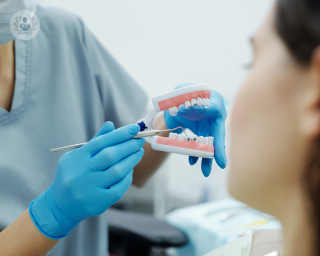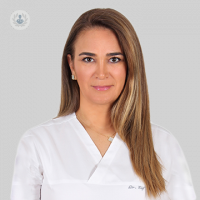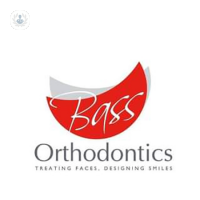Paediatric orthodontics
What is paediatric orthodontics?
Paediatric orthodontics is that field of dentistry concerned with the correction of poorly positioned teeth in children, using fixed appliances like braces or removable devices like retainers and clear aligners.
Fixed appliances
The most common are braces, which have brackets positioned on each tooth to correct problems related to dental crowding, malocclusion or bite. There are metal and ceramic braces; the latter of which are more aesthetic as they blend in better with the colour of the tooth.
Removable appliances
These are appliances made of acrylic and can correct bite and palate problems. They can consist of clear, plastic aligners that fit over the teeth but must be worn for a certain number of hours to take effect. Brushing and flossing the teeth is much easier as the aligners can be removed.

Why is it done?
Orthodontics is more effective in childhood, as bone structures around the teeth are still developing. It's easier to detect and correct problems with maxillary bones at an early stage before they have fully developed.
After childhood, the bone structure of the face can only be modified with orthognathic surgery, which may be combined with orthodontic surgery. This therapy is only used for adults with a fully developed jaw bone.
What does it involve?
Dentists recommend that children have their first dental check-up at the age of 6, followed by periodic check-ups to evaluate the growth of the maxillary bones and milk teeth. Between the ages of 8 and 10, milk teeth are gradually lost and replaced by adult teeth. During this period, the dentist will determine whether the child requires orthodontic treatment.
If the child requires orthodontic treatment, a mould of their maxillary bones will be taken and used to make the dental appliance. Throughout the duration of the orthodontic treatment, the child will have regular follow-up appointments, to evaluate how the treatment is progressing, to tighten the appliance and, if necessary, make adjustments to it.

Does a child need to prepare for orthodontic treatment?
In general terms, children do not have to prepare for orthodontic treatment, as it does not entail surgery or particular preparation of the area, other than usual dental hygiene. In some cases, the specialist may first have to treat other dental problems such as cavities or gingivitis.
What care is involved following the intervention?
When orthodontic treatment has finished, the dentist or orthodontist will remove the dental appliance. In some cases, a fixed retainer may have to be implanted. This is placed behind the teeth so that they do not move when the orthodontic appliance is removed.
Are there alternatives to this treatment?
Not all dental problems in children require orthodontic treatment. If it is required, the dentist will assess what type of orthodontic treatment is necessary and the duration of the treatment.













